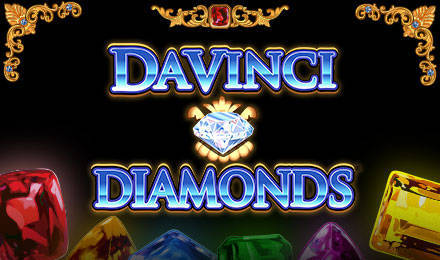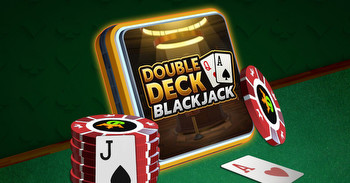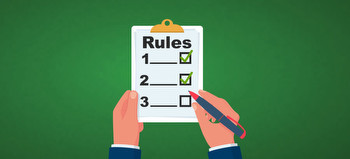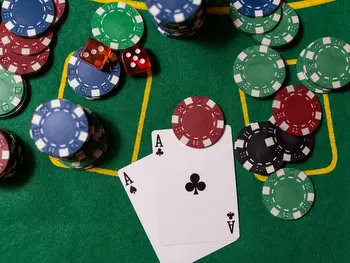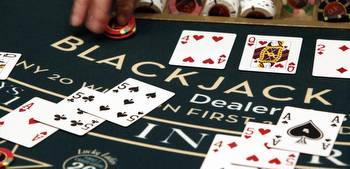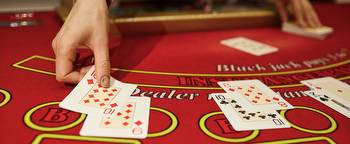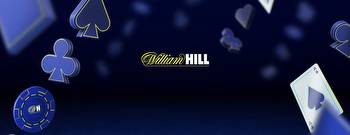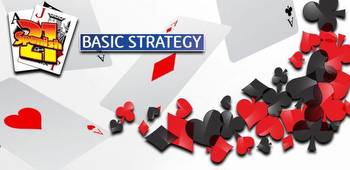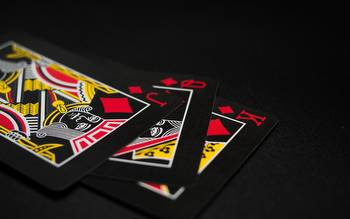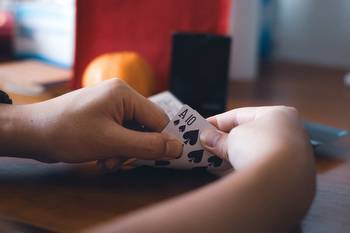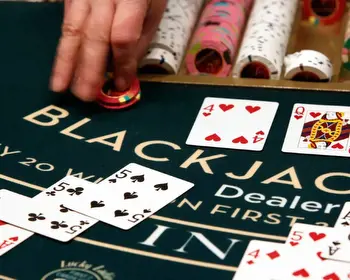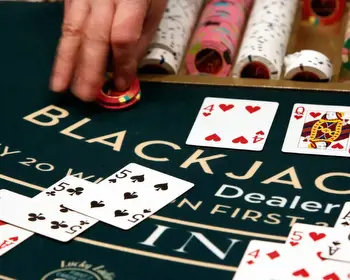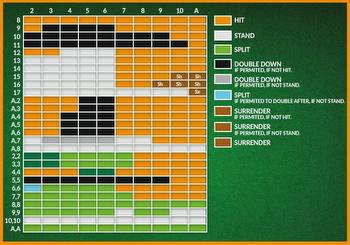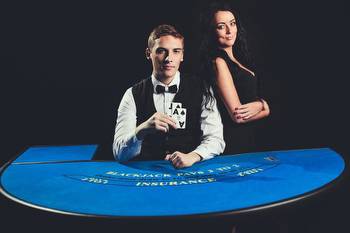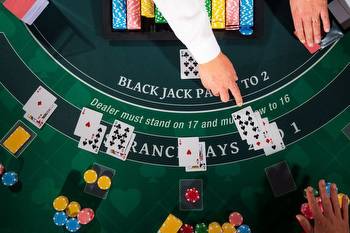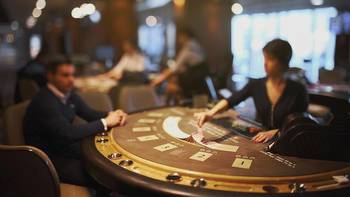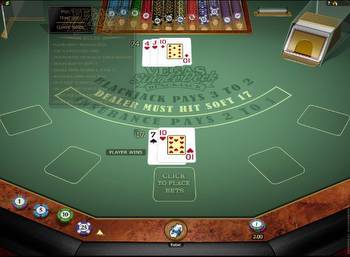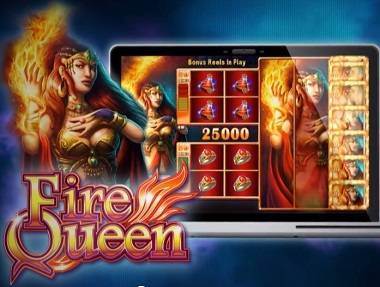Blackjack Strategy Based on the Dealer's Face Card

Basic strategy is the mathematically best way to play every hand in blackjack.
The dealer's face up card is important to determine the basic strategy when playing blackjack for real money. The strategy charts cross-index the two pieces of data so that you can quickly know what decision you should make.
The dealer can have any of the following face up cards: 10, J, Q, or K.
The dealer’s face up card is the most important factor in blackjack strategy. Blackjack is played in three categories: pairs, soft hands and hard hands. The player's hand can be divided into three parts: soft, hard and soft totals. The first decision to make with a pair is whether to split the hand.
The dealer will always wind up with a total of 17 or higher.
The probability of each final hand is based on the dealer’s up card and the card with an ace showing.
The most important probability is the probability that the dealer will bust. If the Dealer has an ace, she will probably bust less than 1 out of 5 hands. On the other hand, if the Dealer has a 5 showing, her probabilities for those final totals are dramatically different.
Some blackjack players base their strategy on the assumption that the dealer has a 10 in the hole. This is not the best strategy as there are more than 30% of the cards in a deck worth 10 points. The best black jack strategy is to hit the 12. The correct strategy in this situation is a total of 12 when the Dealer has 2 showing. Doubling down on a 7 when a 6 showing is the wrong strategy.
A stiff hand is a drag. Blackjack strategy is based on the Dealer's Face Card.
A stiff hand in blackjack is a total that's likely to bust. A hard total of 15 is the most likely number of cards to break a hand. If the dealer has a 9 showing, you need to hit in this situation.
Basic strategy in blackjack is choosing between the lesser of two evils. If you have a total of 15, you're going to lose money in the long run. In this situation, if you stand in this scenario, and you hit, then you lose an average of $41 of every $100 you bet on this hand.
The strategy of splitting and doubling down in blackjack is based on the dealer's face card. Some casinos only allow you to double down on totals of 10 and 11. This adds 0.26% to the house edge for the casino. Blackjack has a houseedge of between 05% and 1%.
Splitting is one of the easiest sections of a basic strategy chart to learn.
For example, you will always split a pair of aces or a pairs of 8s.
Blackjack strategy is based on the Dealer's Face Card. You'll never split 4s, 5s or 10s. A pair of 8s is the same thing as a hard total of 16.
The dealer's face up card is as important as the total to winning blackjack as it is to the player's total.







